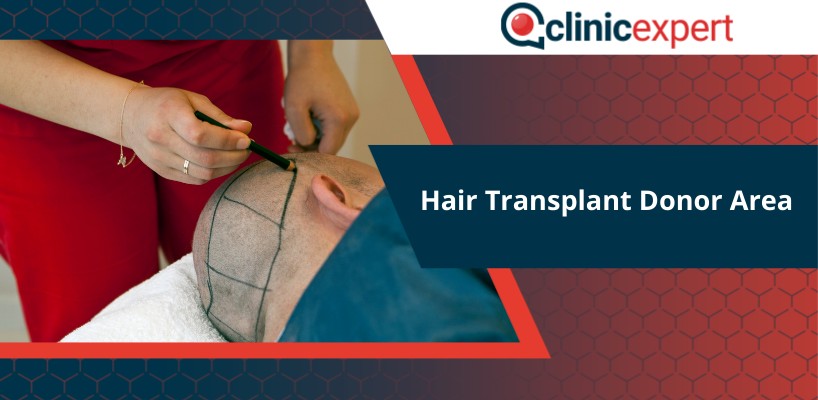Hair Transplant Donor Area
The donor area describes the hairs where you donate those hairs to be used for getting a hair transplant. Donor area is usually the region that Is located at the back and the sides of the head. The reason why they are called hair transplant donor area is because of those hairs getting donated to the recipient area.
These donated hairs will be implanted into the targeted area so it can give a whole new look to the patient’s hair. Those hairs get taken out one by one. Surgeons make small incisions around those hair follicles to take them out. These small incisions get to heal quickly so patients shouldn’t be afraid about it. Some surgeons say to donor area to heal after getting FUE hair transplant is around 5-7 days on average.
Does Hair Grow Back in Donor Area?
A lot of people are curious about whatever the donor area gets bald or hairs grow back in there. Simple answer for that would be: yes, it can. There a few factors for the donor area hairs to grow. After getting surgery done, there will be some scarring on the donor area and it’s completely normal. If the patient is getting a FUE surgery, then scarring will be quite small since follicles will be extracted individually.
Scars will be seen as tiny white dots after the donor area has healed. These small white dots are incredibly difficult to notice, so it isn’t an issue to be scared of. It will be almost impossible to see them since also the hair on the back of the head will hide hair transplant donor area too. For FUT surgery, patient will have a thin line scar but this scar also won’t be noticed since growing hair in the back of the head will also hide that thin strip.
Good Donor Areas in Hair Transplantation
The perfect hair transplant donor area is considered as the two sides and the back of the scalp. It is because these areas are unaffected by hair loss. They also are immune to any effects of DHT. After these areas, beard is also another preferred donor area too. Beard has natural thick hairs and is also DHT resistant. Chest and abdomen areas are also good donor areas too. They are still thick enough to donate even though some people think they are soft hairs. Chest hair also is used to revise pluggy hairlines and to soften hairlines too.
How to Recover Donor Area
Infection risk is rare but it’s important to keep the area sterilized. It’s important for patients to not to touch the donor area with their hands. It will be best to not to move hair out of the way to apply any cream if there is any bleeding in the hair transplant donor area. It is important to avoid any pressure to the hair. Hair transplant donor area needs to be taken care of.


